How does a liquid filled thermometer (liquid-in-metal) work? - tec-science
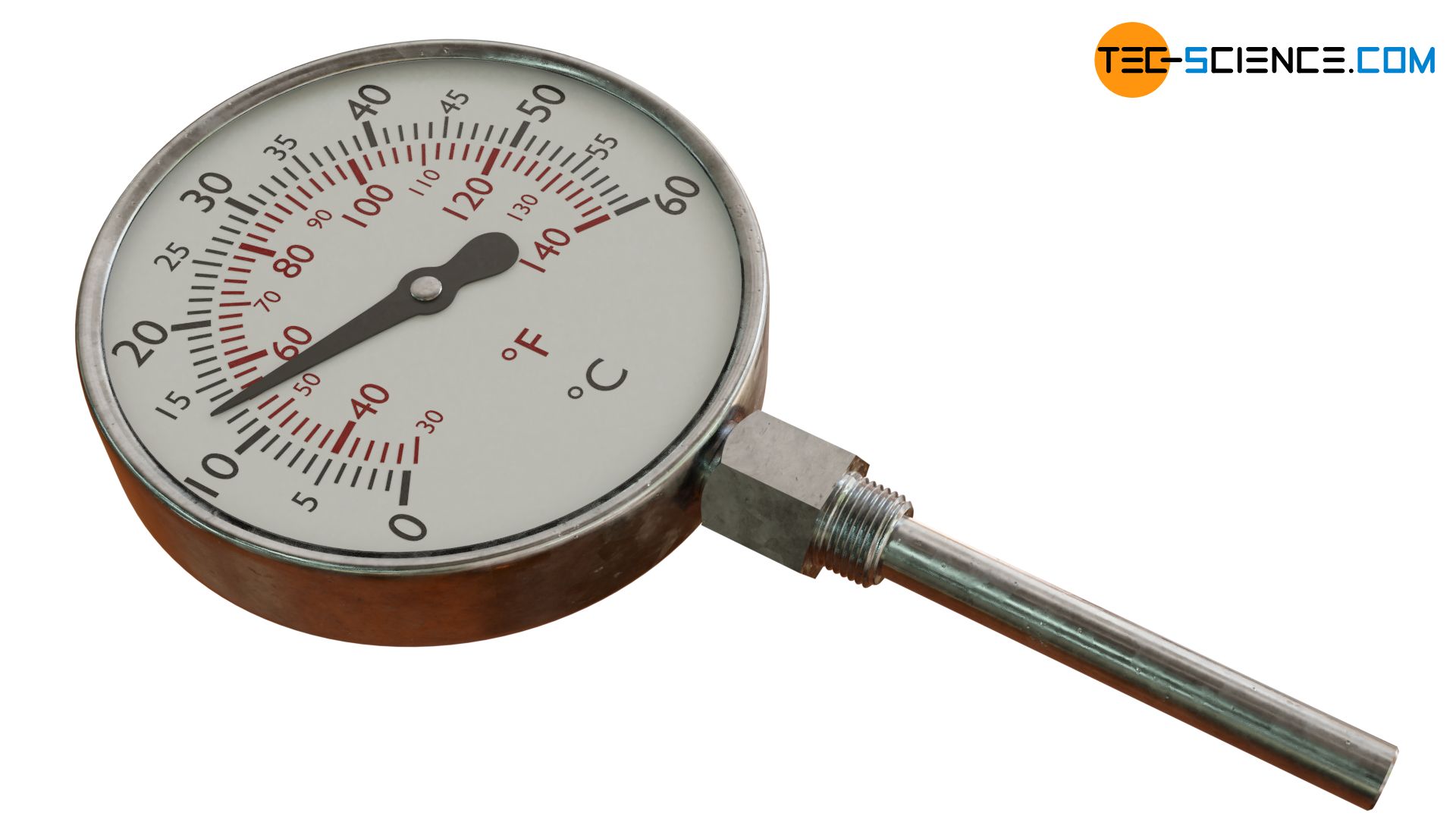
How does a liquid filled thermometer (liquid-in-metal) work? - tec-science
Liquid-in-metal thermometers use the pressure rise of a liquid that comes along with an increase in temperature, if the volume is kept constant!

Simplified light paths through the in-house benchtop experimental
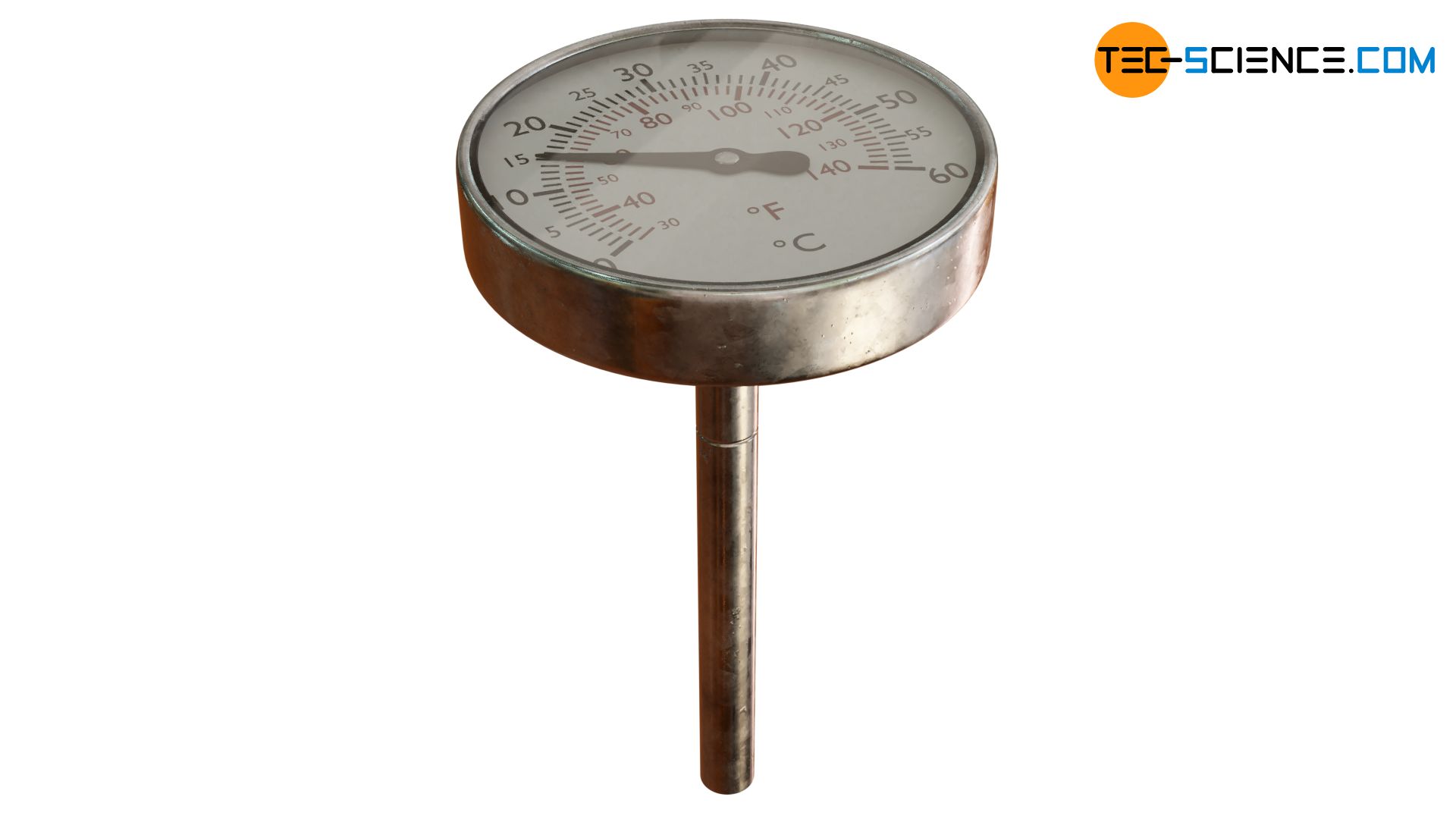
How does a bimetallic strip thermometer work? - tec-science
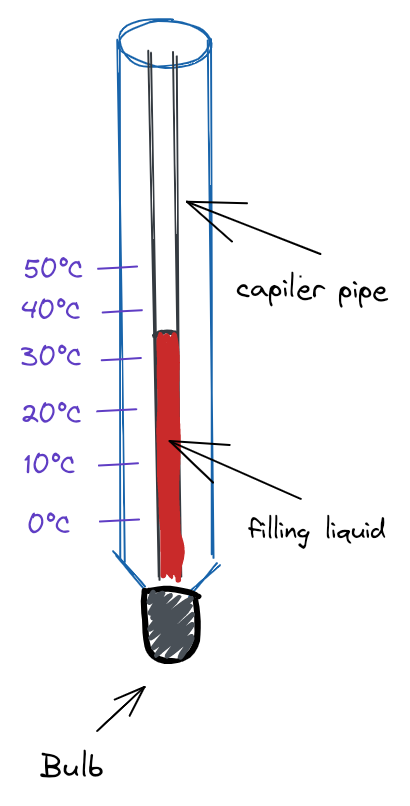
How Does a Thermometer Work?. An application of simple physics, by Fikri Mulyana Setiawan, Everyday Science
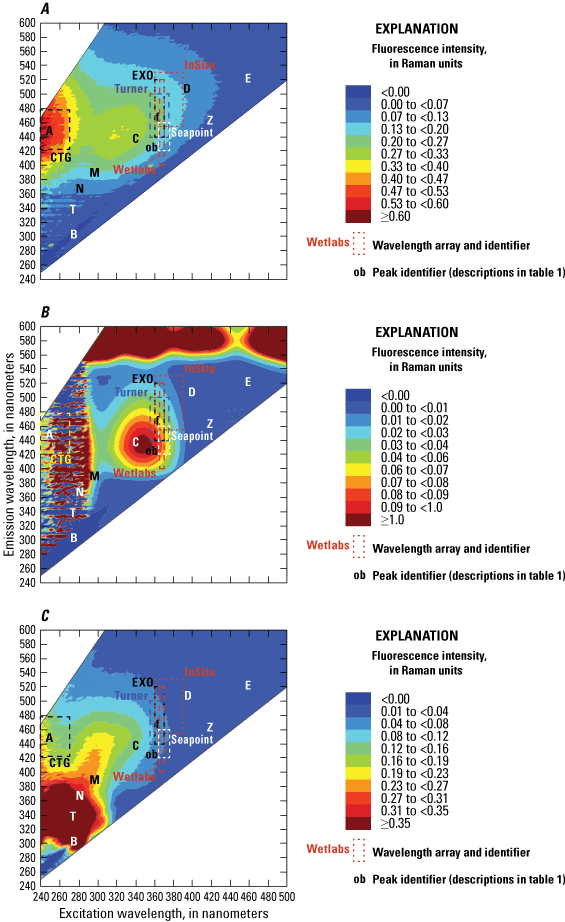
Field techniques for fluorescence measurements targeting dissolved organic matter, hydrocarbons, and wastewater in environmental waters: Principles and guidelines for instrument selection, operation and maintenance, quality assurance, and data reporting

Liquid in metal thermometer, expansion of liquid
So, that's not good. Anyone recommend a really reliable thermometer? : r/Aquariums

How can you construct a liquid-in-glass thermometer and How does it work? - What is abacus?

Energies, Free Full-Text
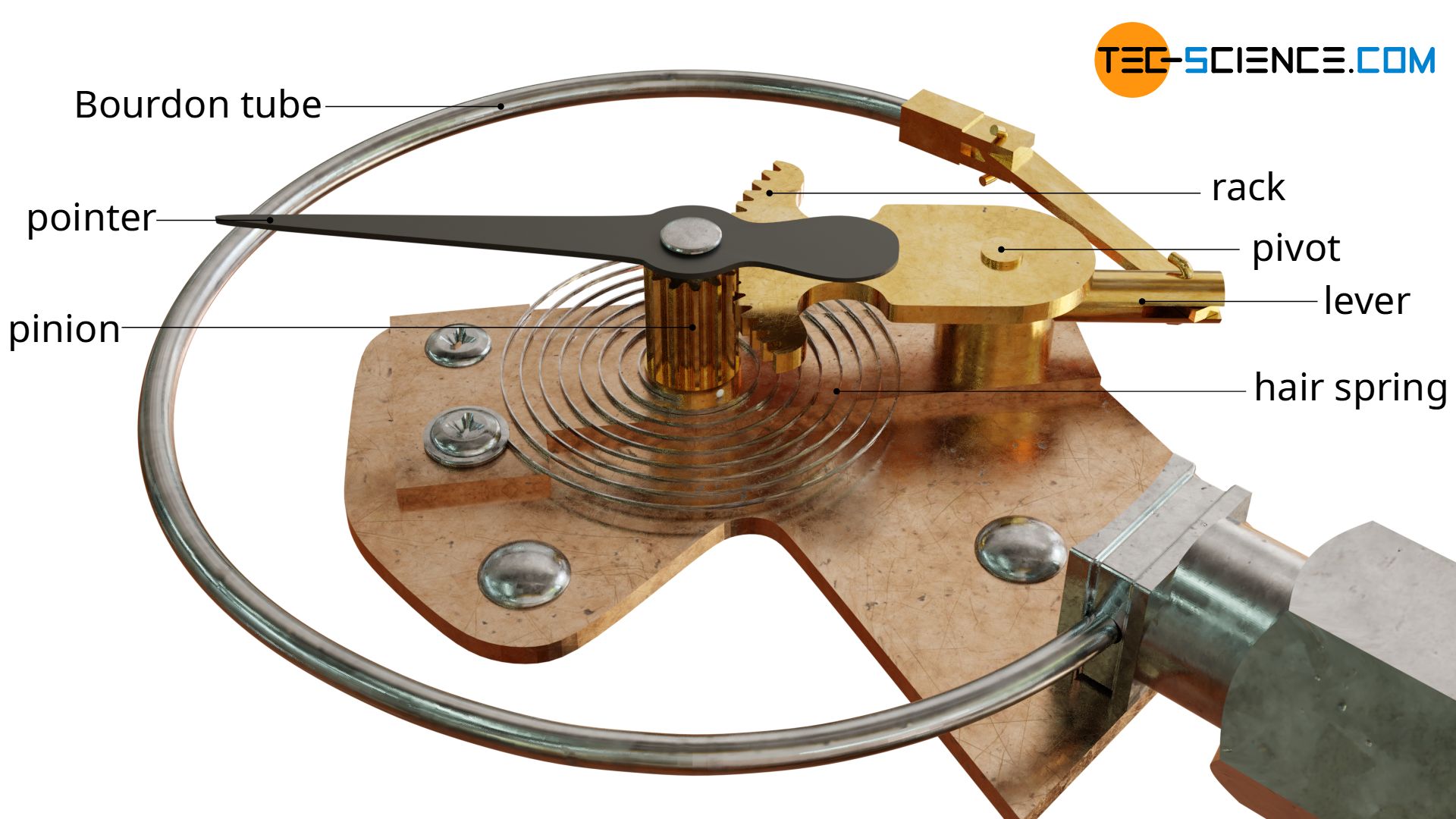
How does a gas filled thermometer (gas-in-metal) work? - tec-science

Machine learning-assited optical thermometer for continuous temperature analysis inside molten metal - ScienceDirect


